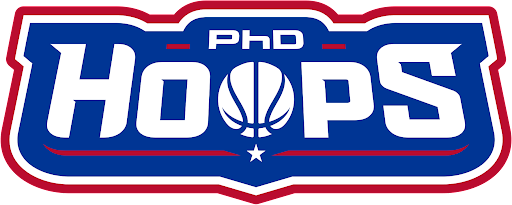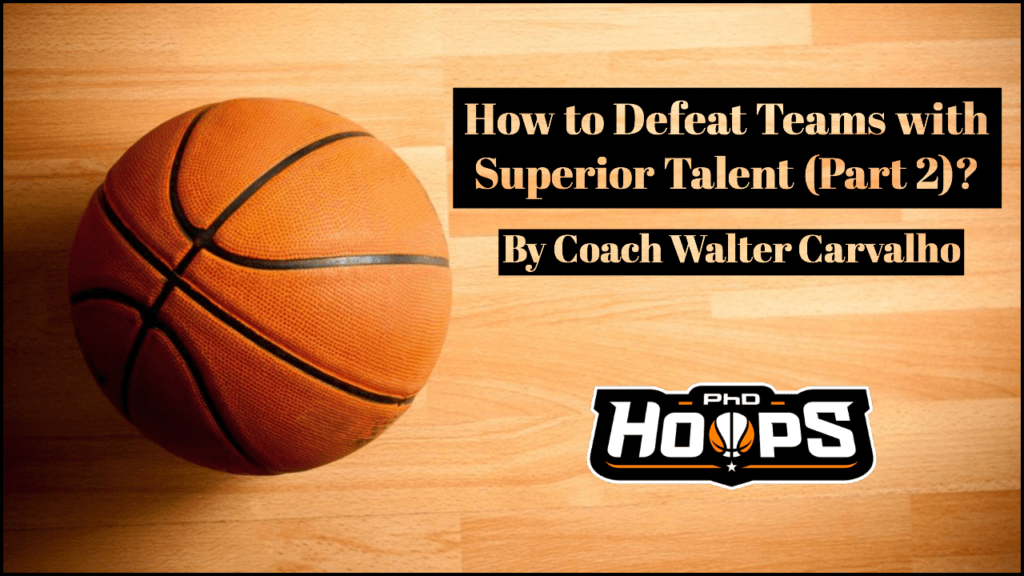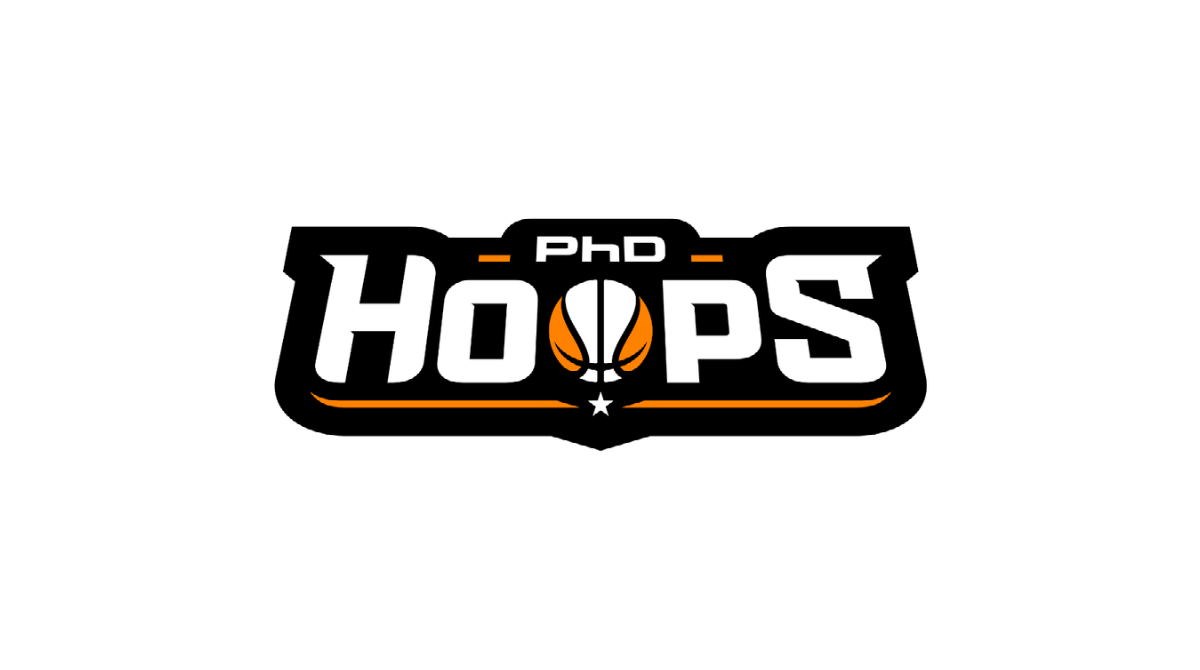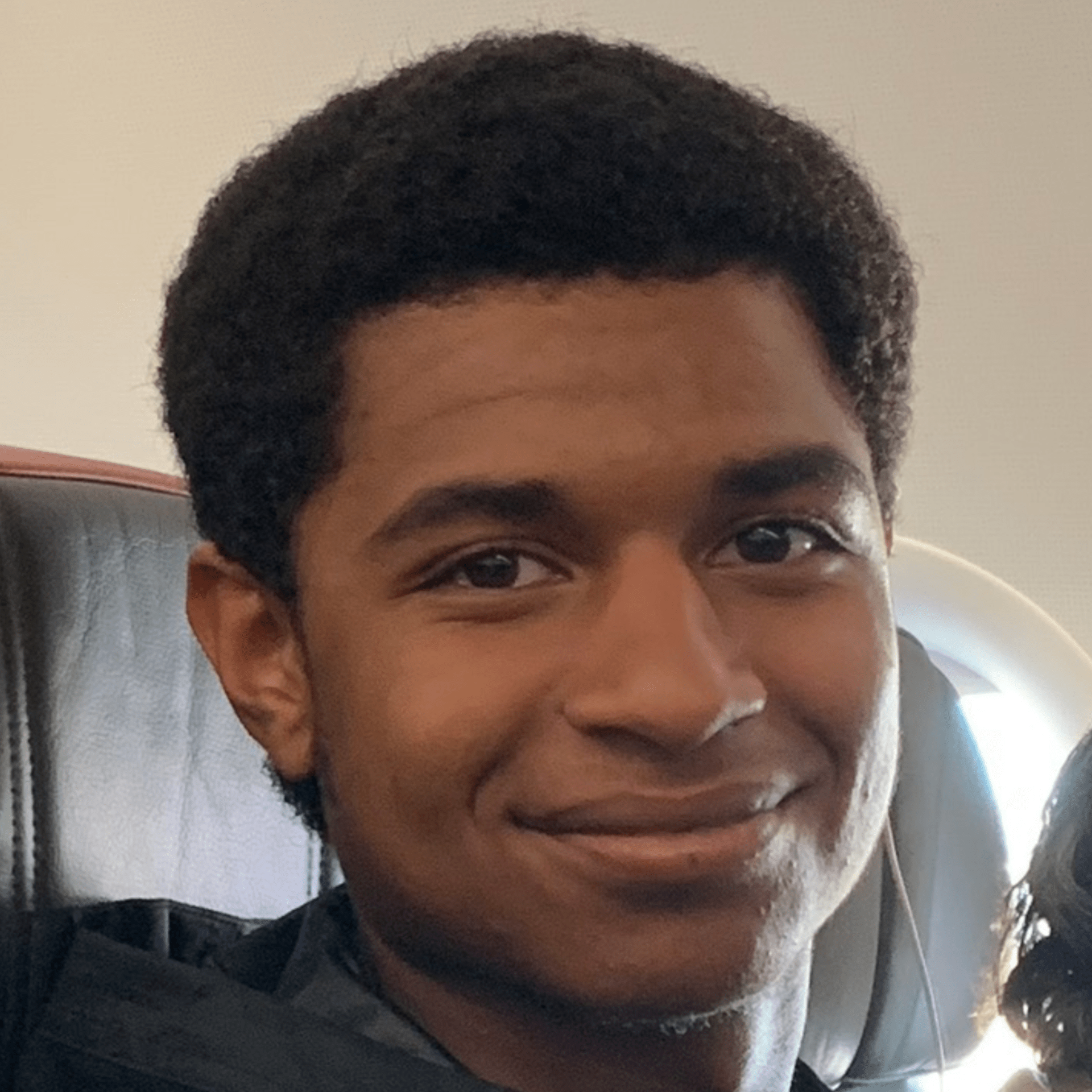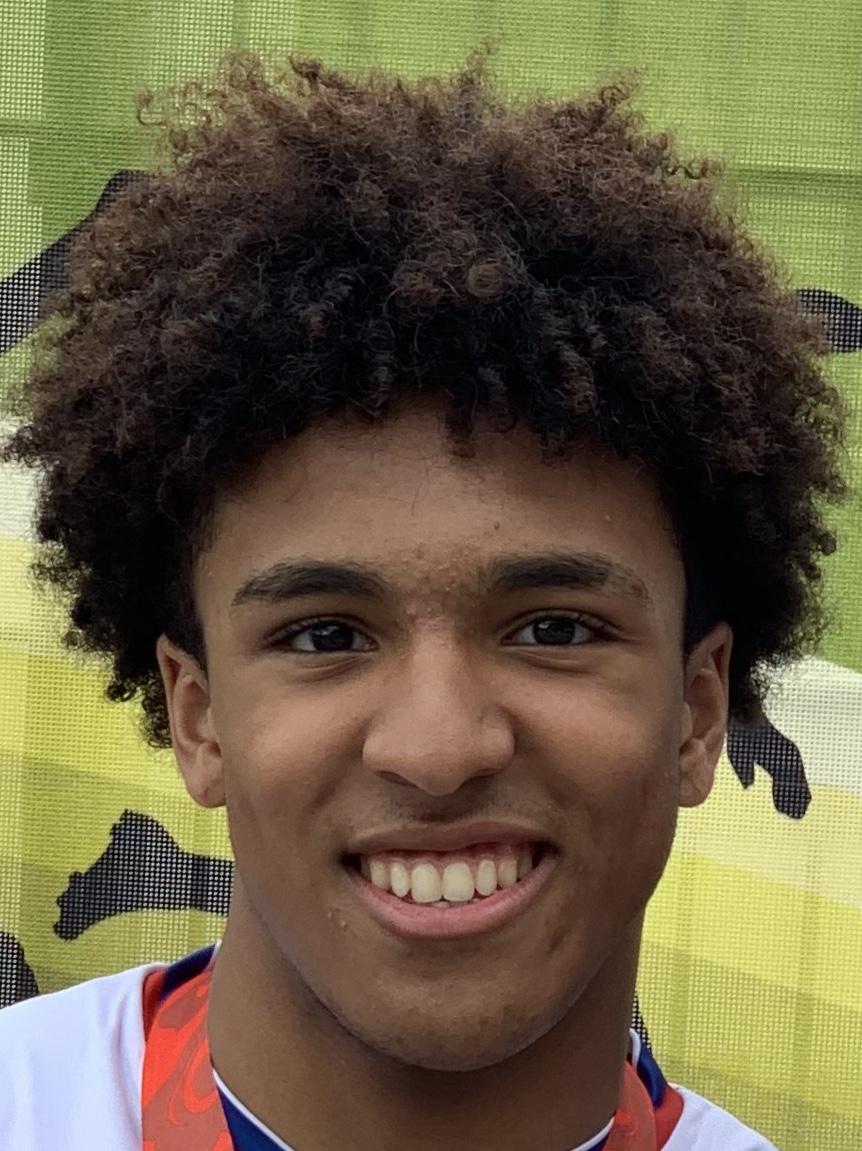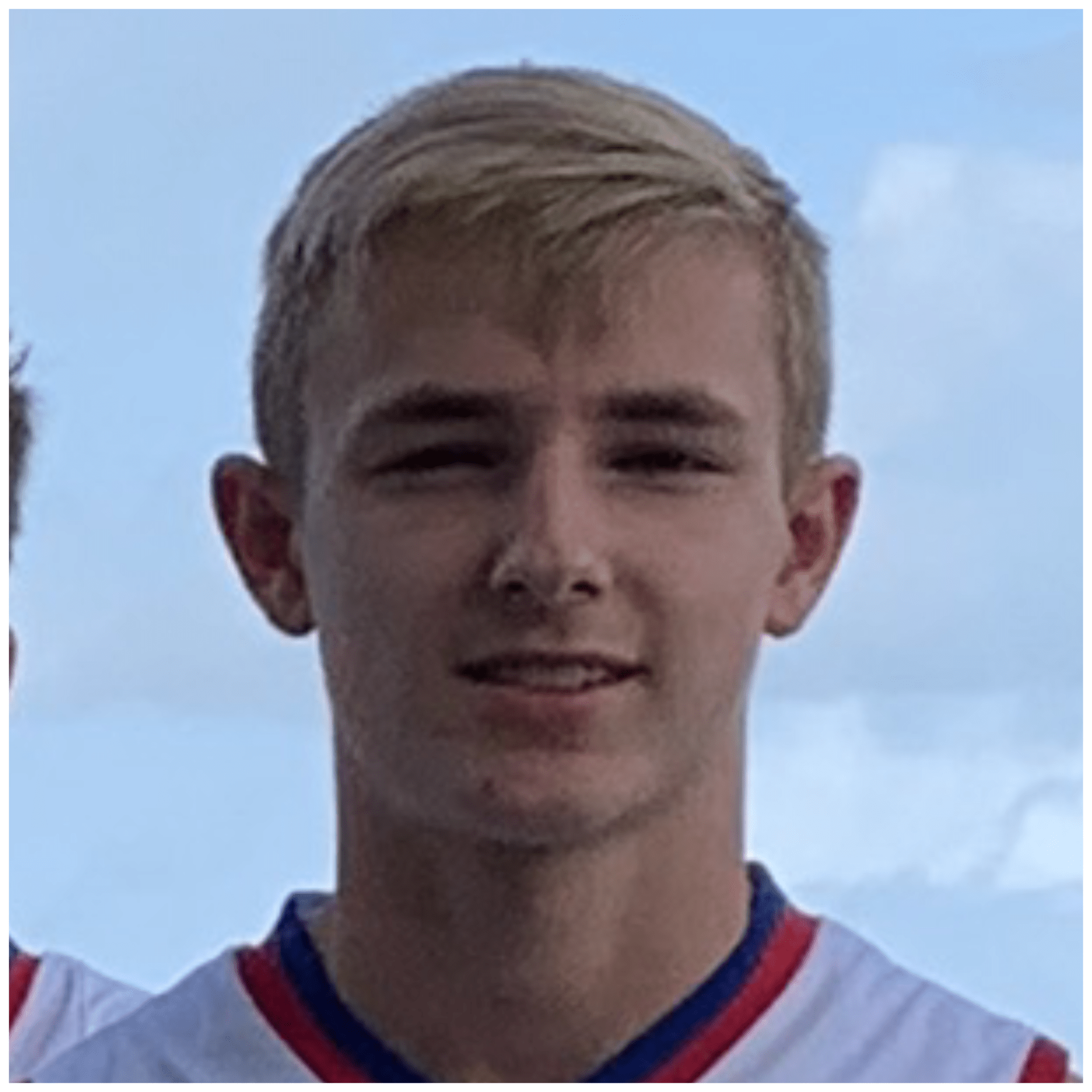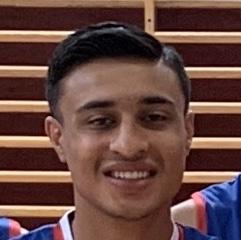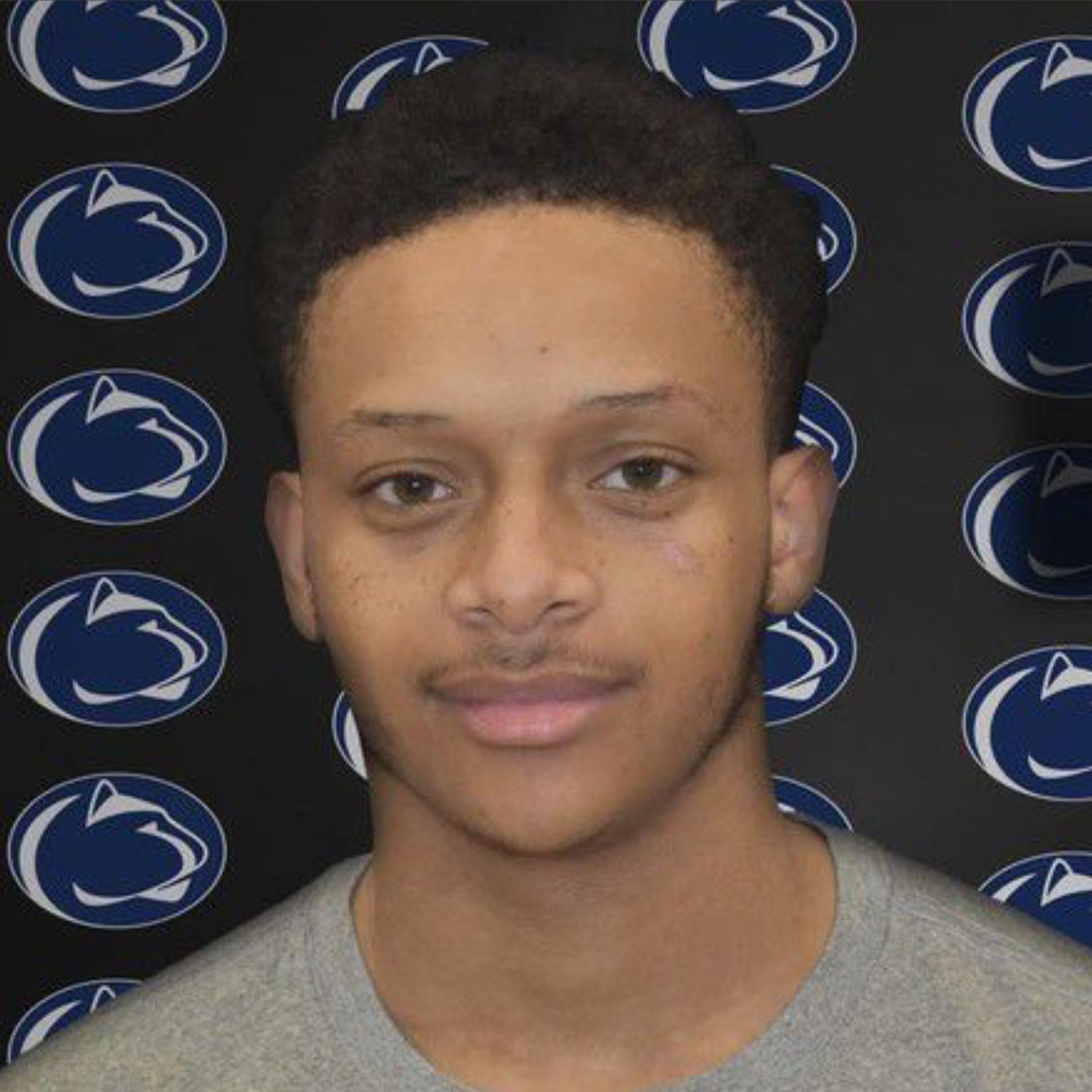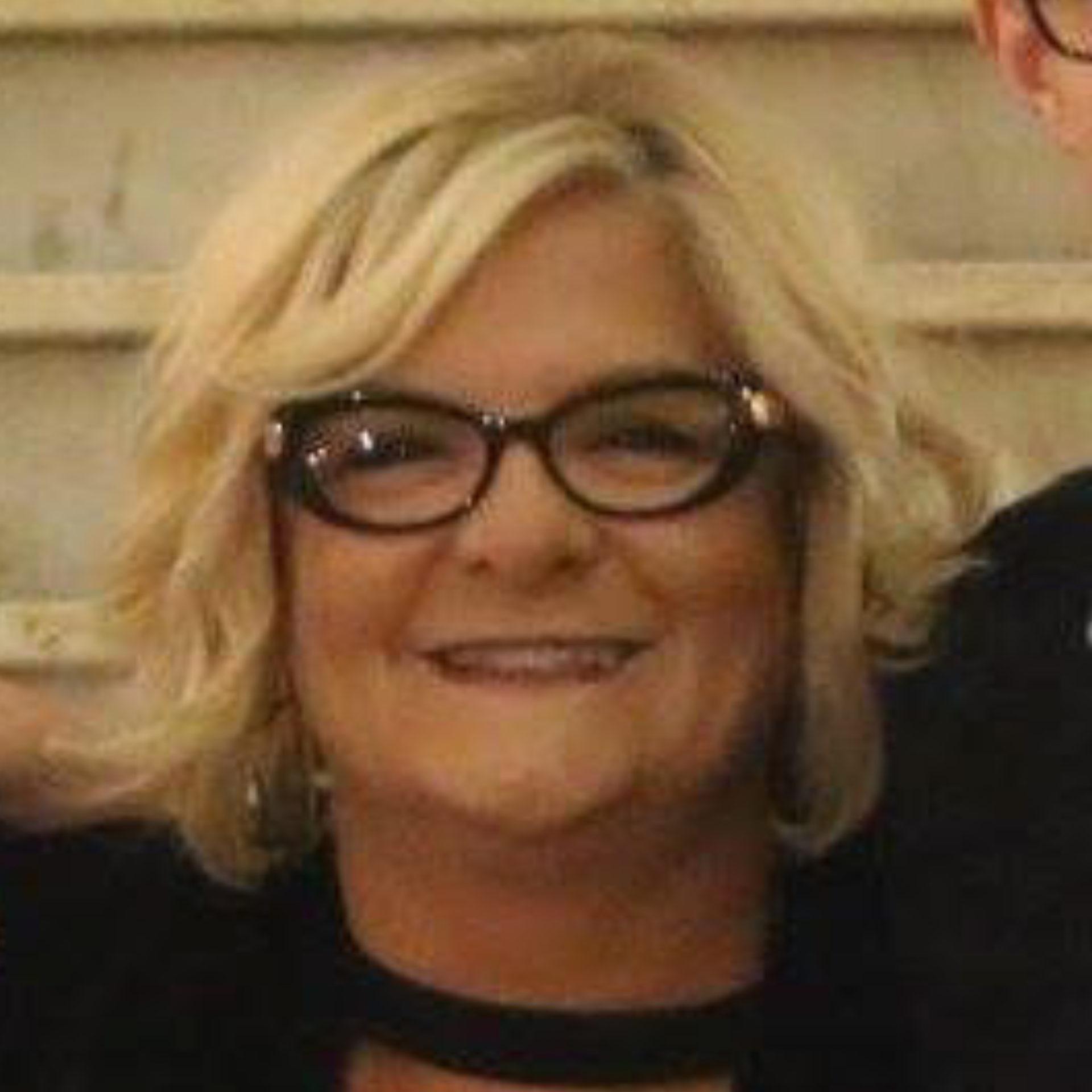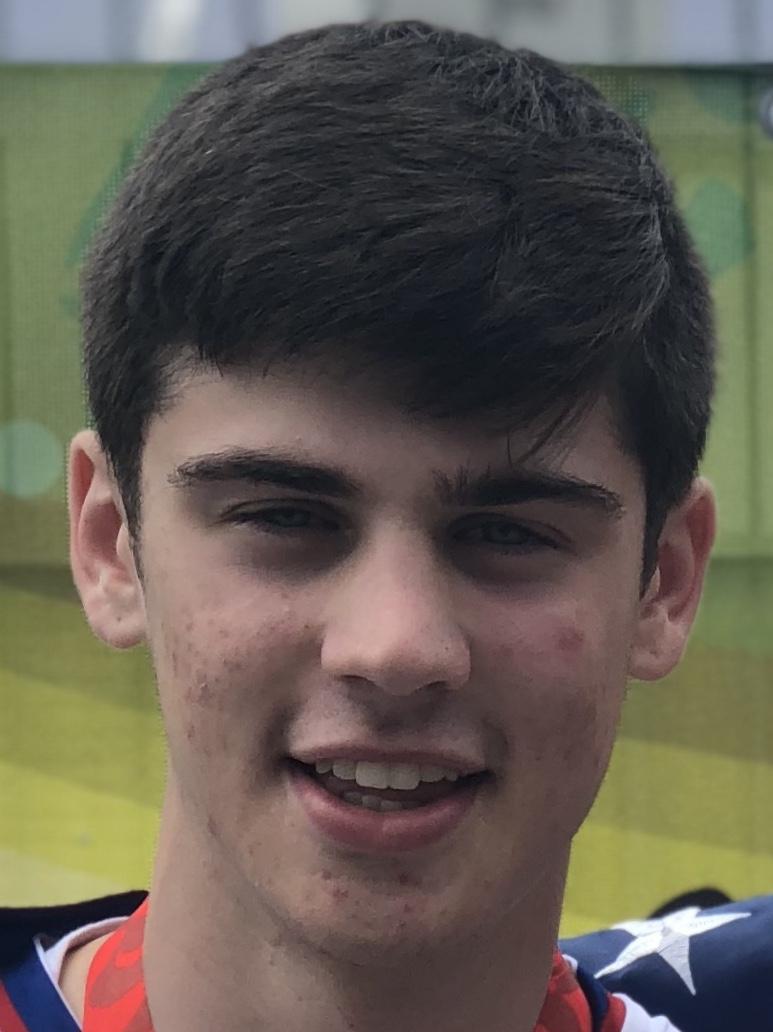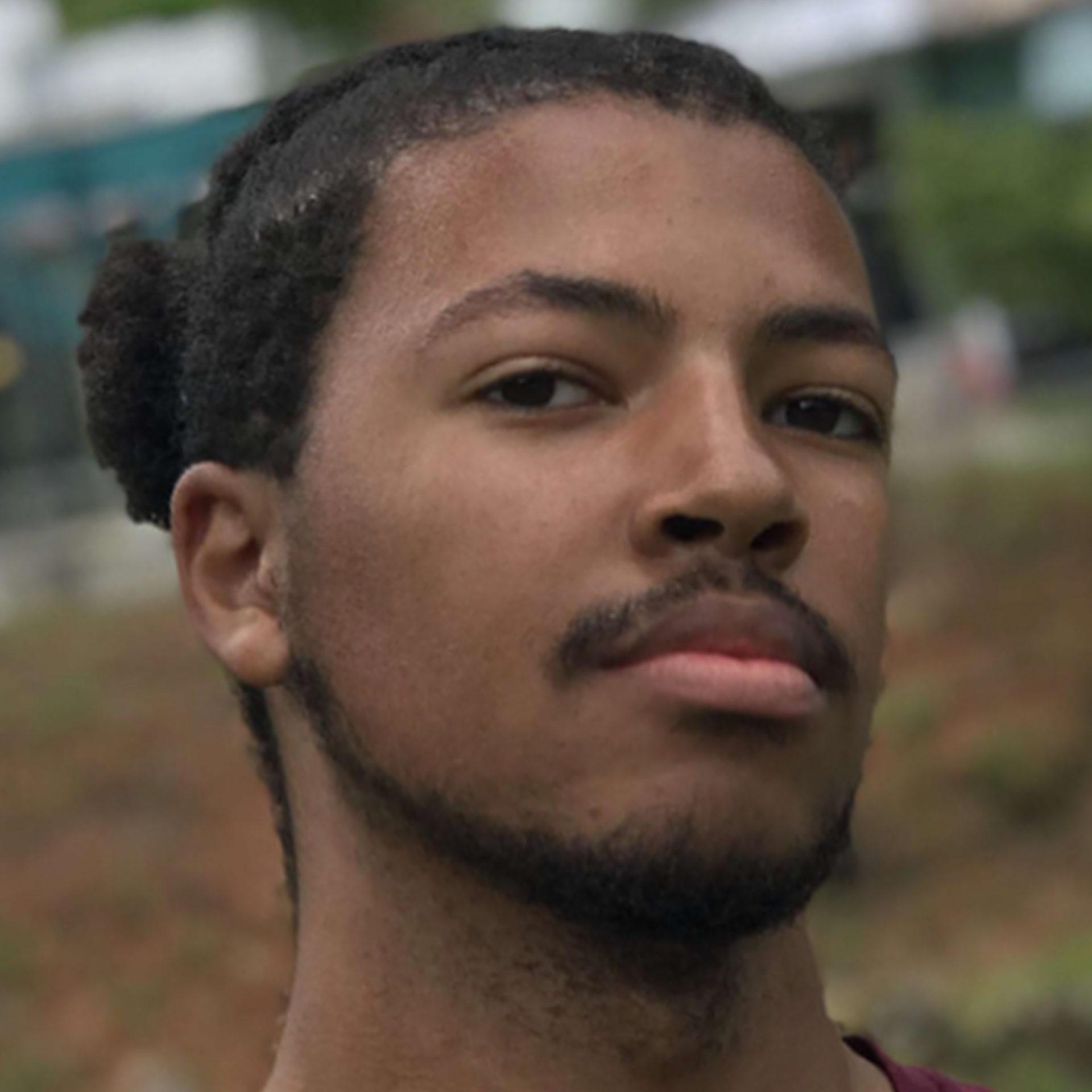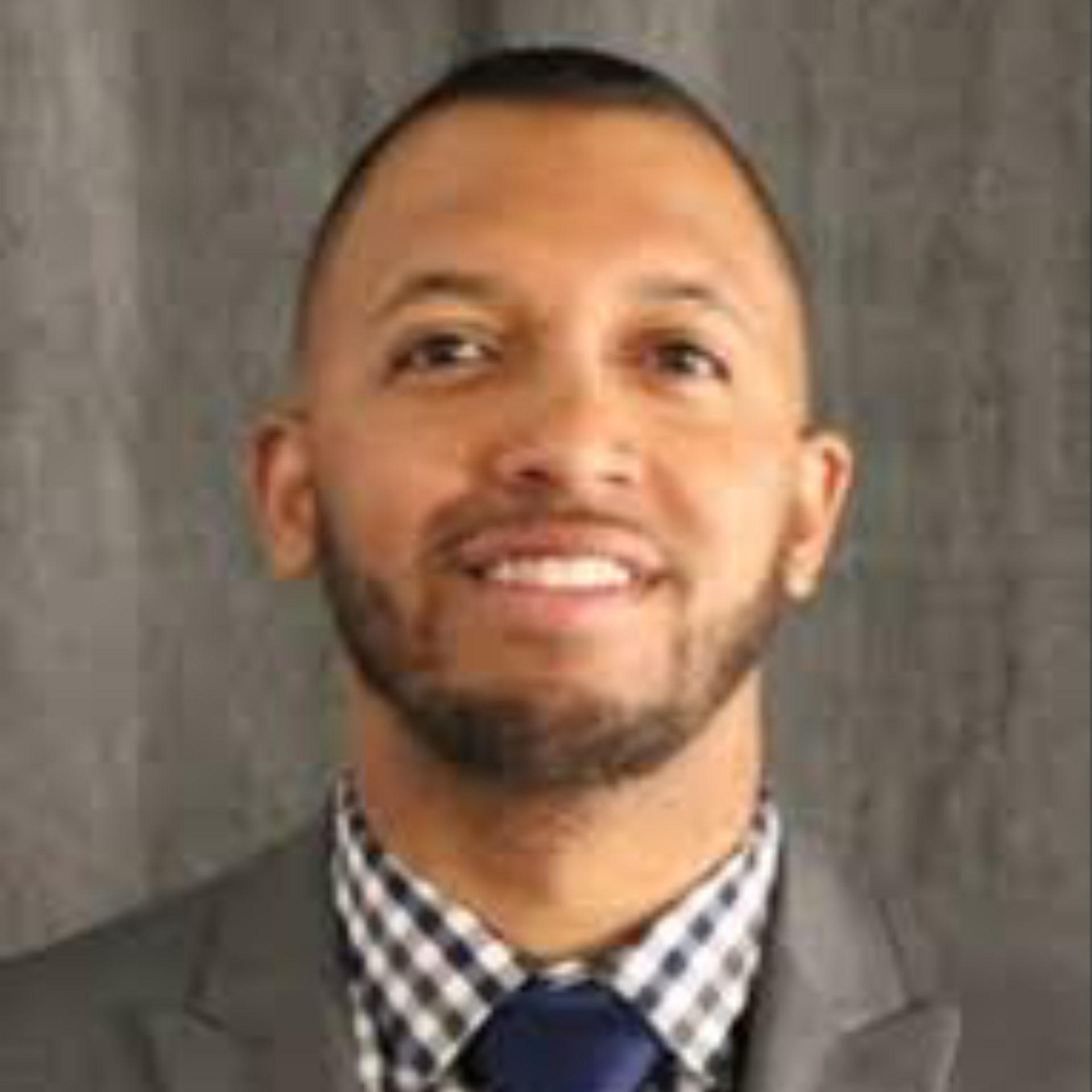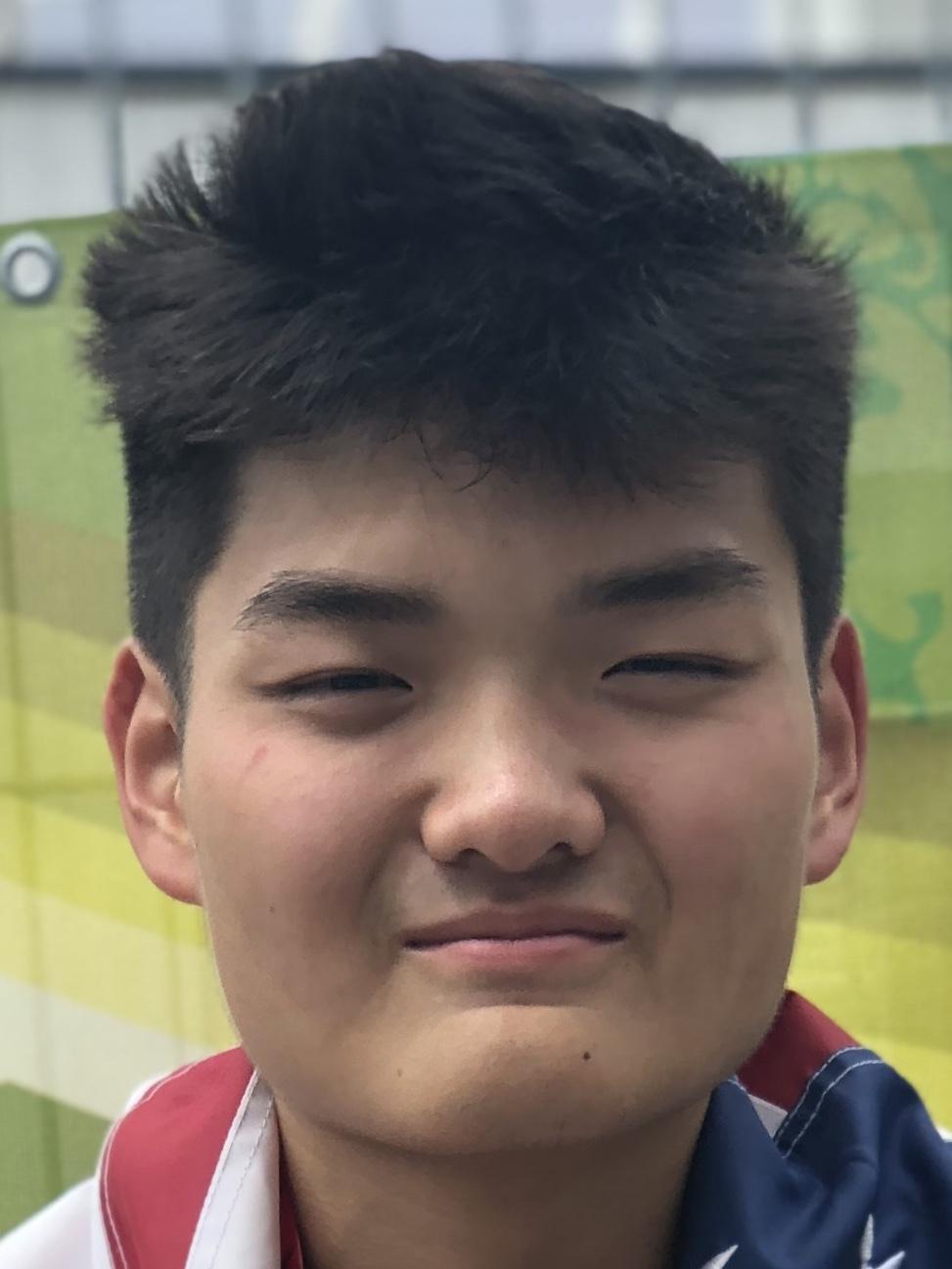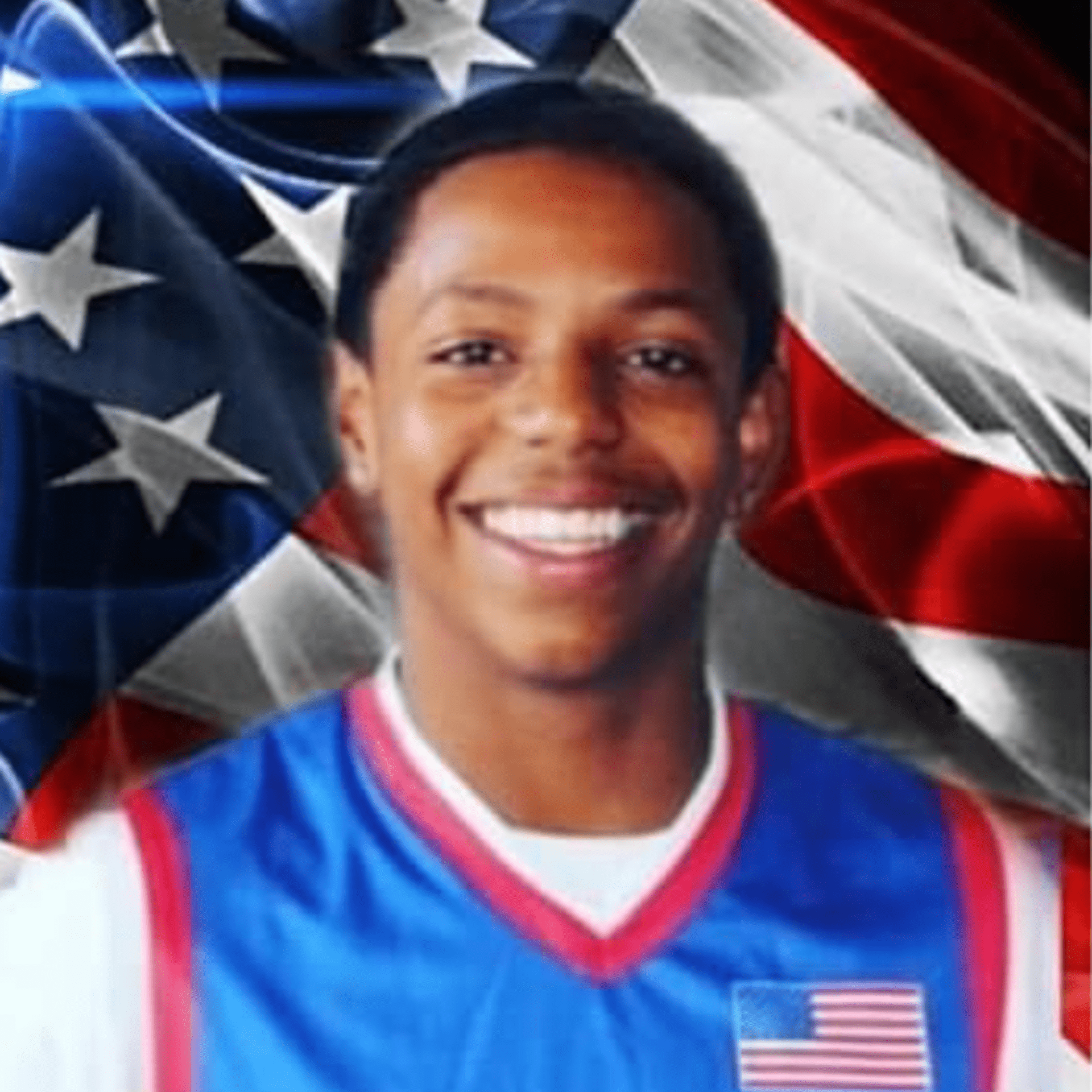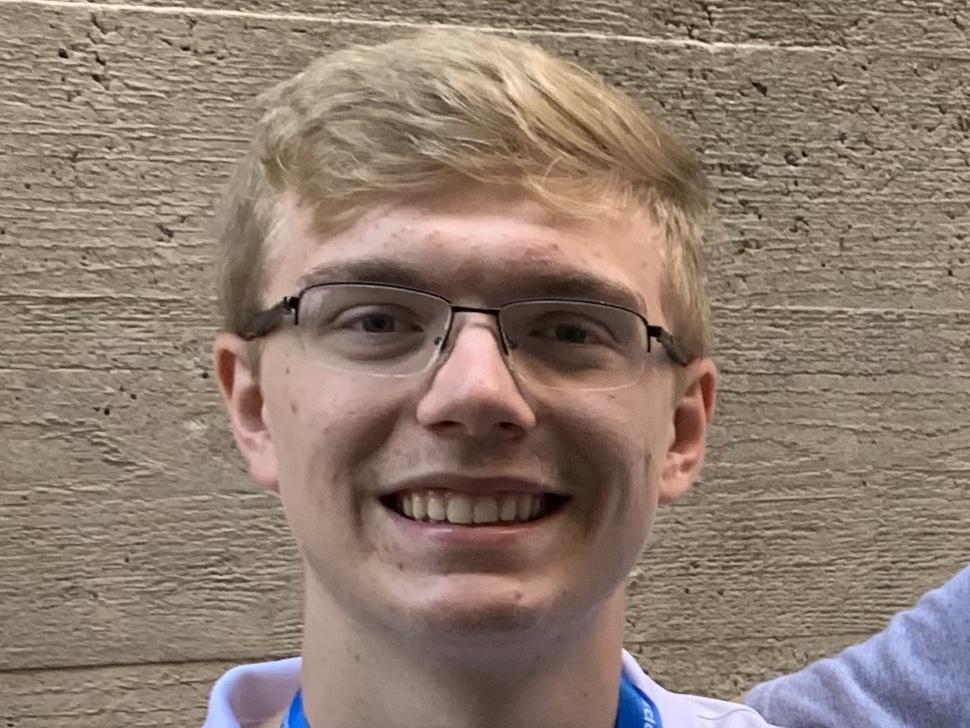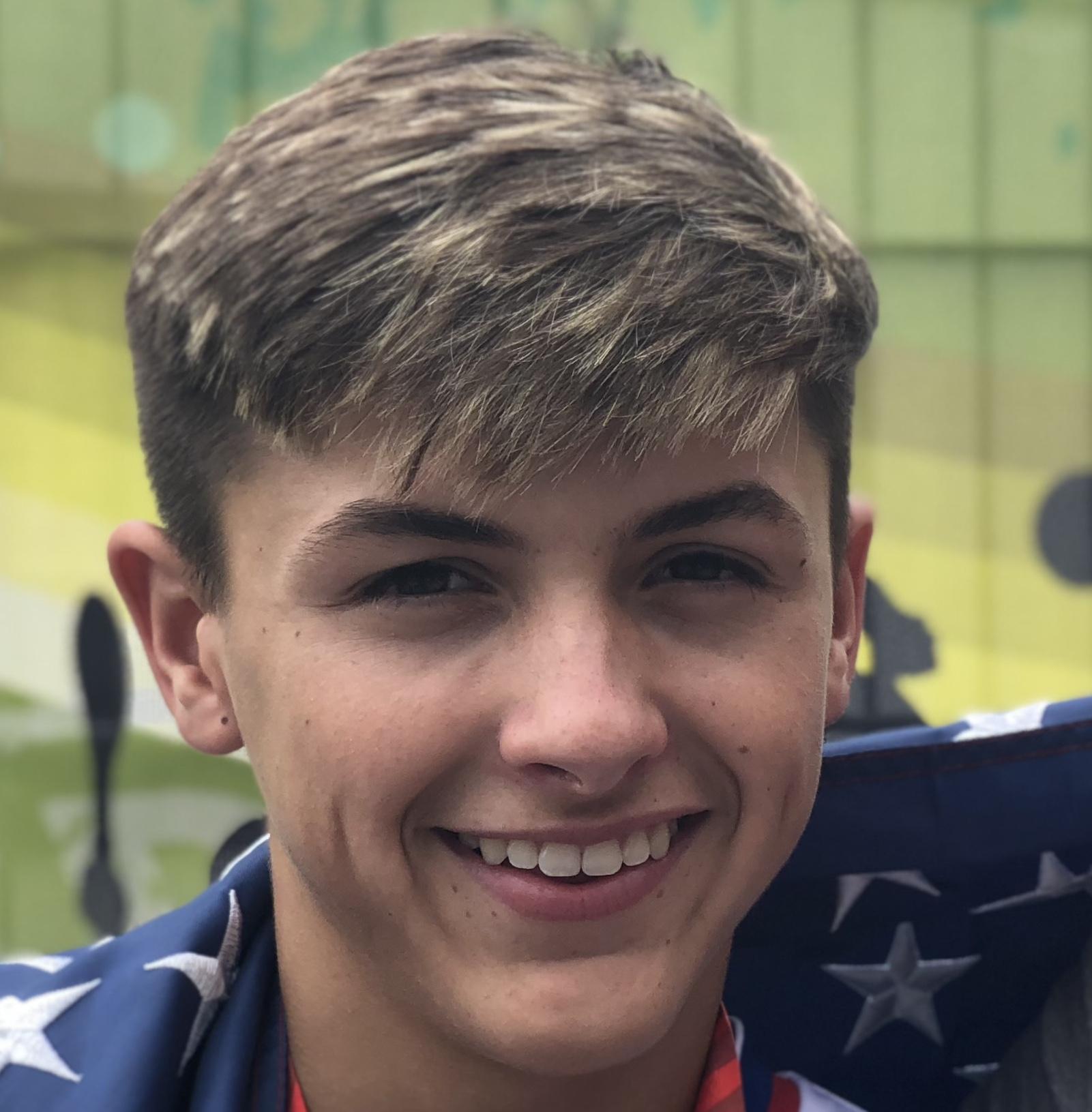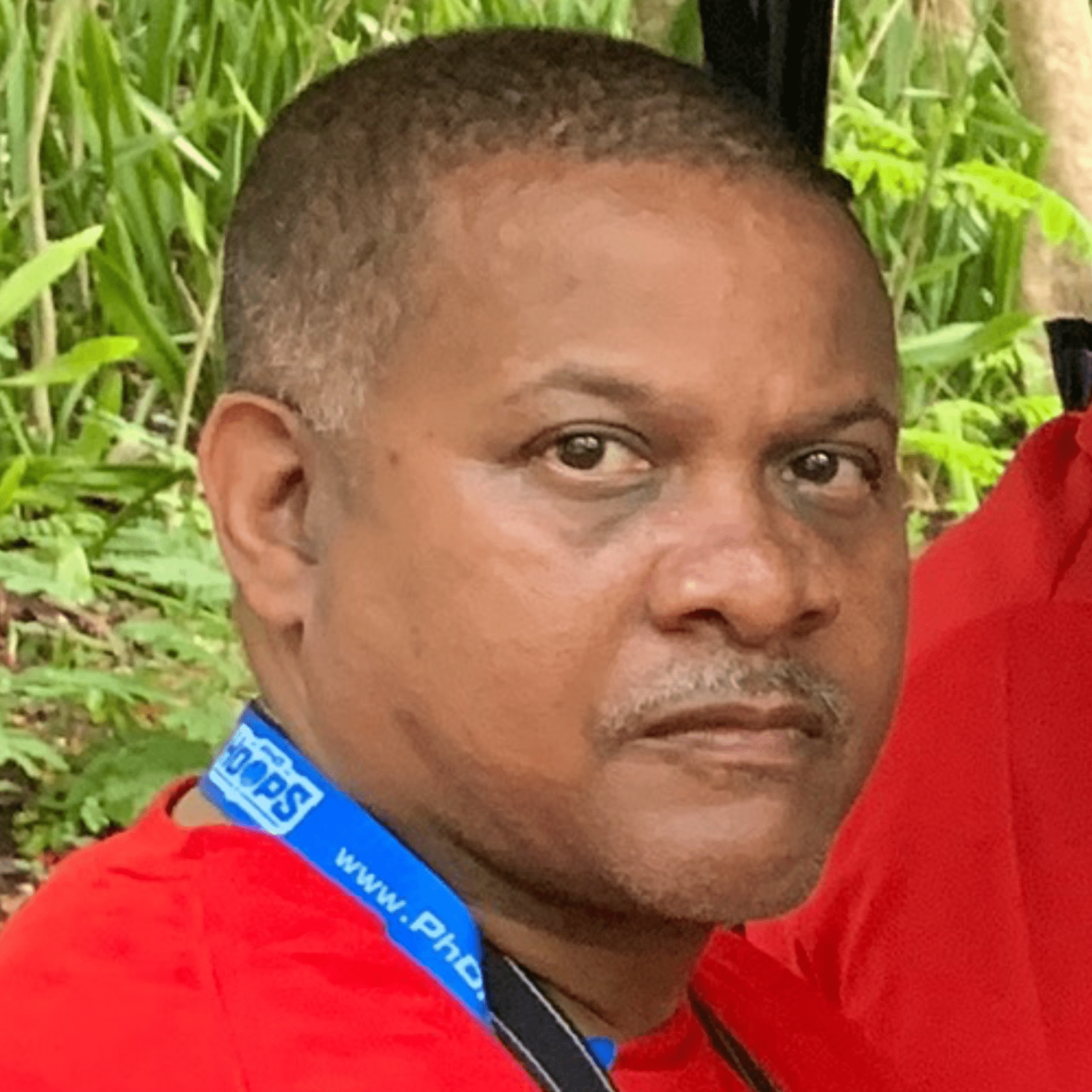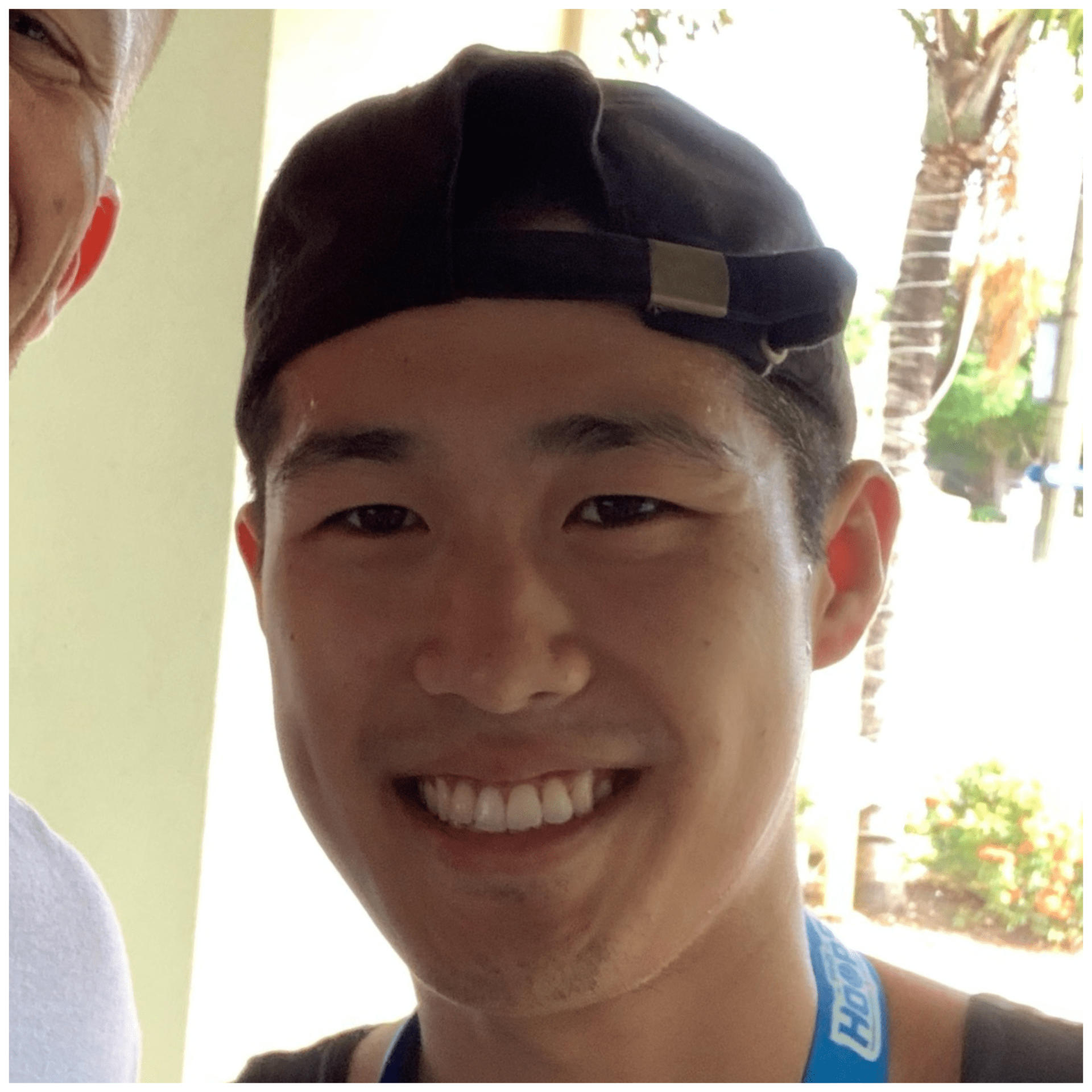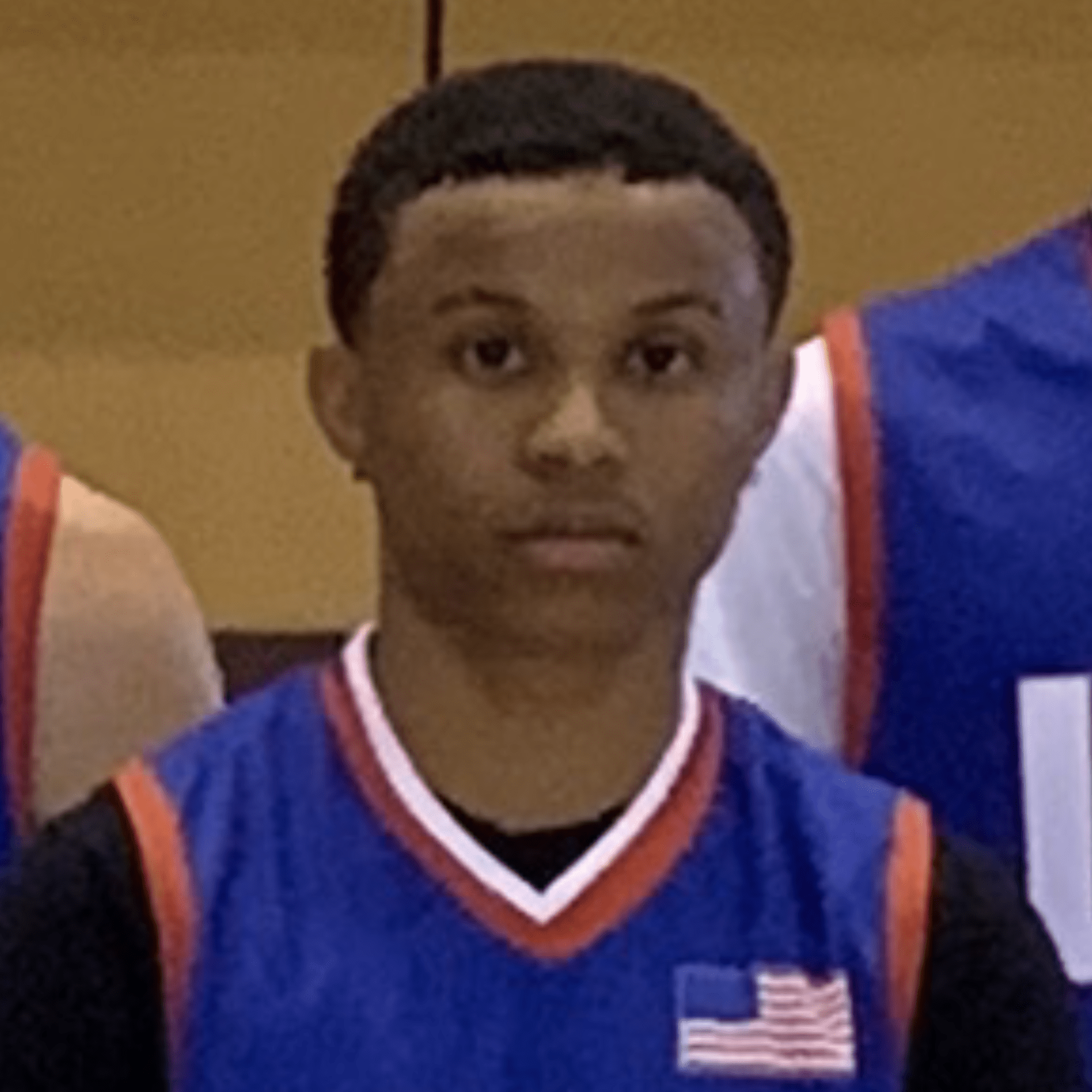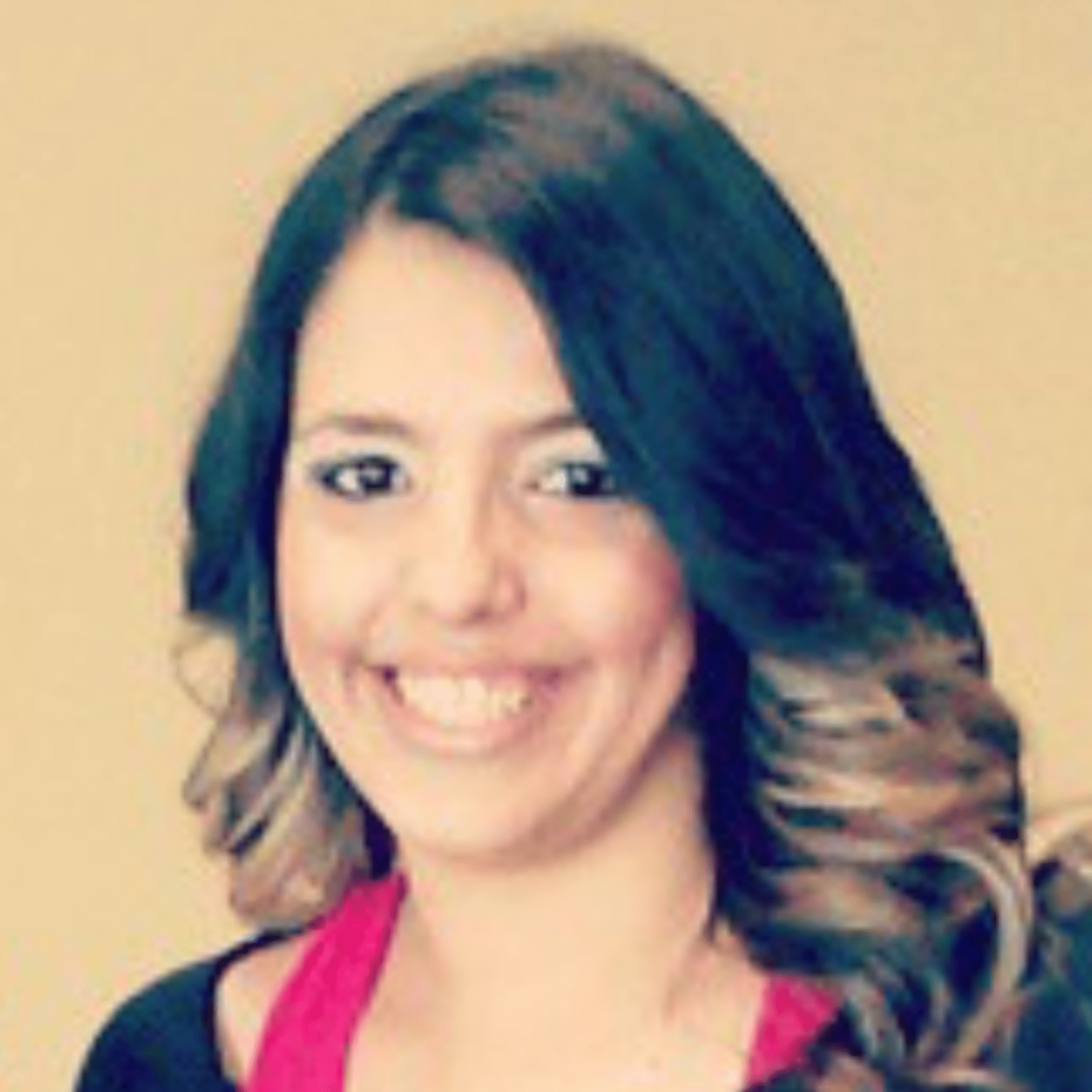By Coach Walter Carvalho (originally appeared on coachwaltercarvalho.wordpress.com)
Below is a summary of our team game plan including our objectives at both ends of the floor when playing against opponents with superior talent. The key to the strategies listed below is to be unpredictable at both ends of the floor always.
DEFENSE
1. Decrease the opponent’s ball possession time by being aggressive defensively – please note that being aggressive does not mean that a team needs to full court press, play man-to-man and or trap the opponent.
Most often we like to utilize combined defenses, disguising the initial formation while changing the defense pick up points during the game.
The objective is to force the opposing team to make adjustments during the game and control the rhythm of the game.
2. Reduce the opponent’s average field goal production production and percentage per possession during the game by:
- Keeping the ball away from the opponent’s point guard with the objective of destroying their offense flow and balance.
- Eliminating second chance opportunities is the key to minimizing opponent’s scoring per possession
- Denying the ball to the opponent’s top scorer with the objective of minimizing his total offensive touches and point production during the game.
- Eliminating easy baskets.
- Fronting the low post.
- Denying penetrating passes.
- Not double teaming or trapping with our players defending the opponent’s top scorers.
- Contesting every shot attempt.
3. Control the rhythm of the game by:
- Changing defenses during the game.
- Alternating defensive “pick up” points – half-court, ¾ court or full-court to break the offense ball and man flow.
- Forcing the opponent to offensive adjustments during the game.
- Denying the opponents first pass to the side and or player they favor,
- Denying “early” the outlet passes to point guard.
4. Control the defensive board by:
- Boxing out and rebounding – always have one more player fighting on the defensive board. Example: if the opponent fights on the offensive board with 2 players – we will have 3 players responsible for boxing out and rebounding.
5. Force the opponent’s best players to leave the game early by.
- Isolating them in some areas of the court.
- Forcing them to play defense and get in foul trouble early in the game.
OFFENSE
1. Increase the number of shot attempts during the game by:
- Implementing an offensive flow that will produce at least 10-15% more attempts than the opponent.
2. Increase shooting percentage per possession by:
- Taking high percentage shots – In this process “shot selection” is tremendously important. Equally important is to understand that a high percentage shot selection is the one taken by a player in his area of specialty. Not everyone has the green light to shoot from the 3-point line if that is not his area of specialty.
- Fighting on the offensive board. Have 2-3 players fighting on the offensive board.
3. Explore the individual ability of my players offensively by:
- Spreading the opponent’s defense.
- Playing facing the basket.
- Creating situation of on-on-one, two-man and three-man game – using continuous ball and man flow with screens and cuts to the basket.
- Implementing an acute game – Attacking the rim.
4. Force the opponent to change their defense to zone if in man-to-man by:
- Attacking their best scorers. Force them to get into foul trouble early in the game.
- Isolating the opponent’s post players forcing them to play away from the basket.
I believe that adopting a game plan that is not easily predictable is a plus.
I also believe that in high-level and modern basketball, the coach cannot adopt a single game system against all opponents.
An effective game plan should vary and be based on the overall statistics of the opponent (team and individual).
The team that does not vary its defense and offense according to the characteristics of the game and the opponent is not practicing a high-level and modern basketball and is at the same time minimizing its chances of success.
Walter Carvalho is the Director and Founder of WA Sports Consulting, a sports-business consulting firm based in Birmingham, Alabama.

